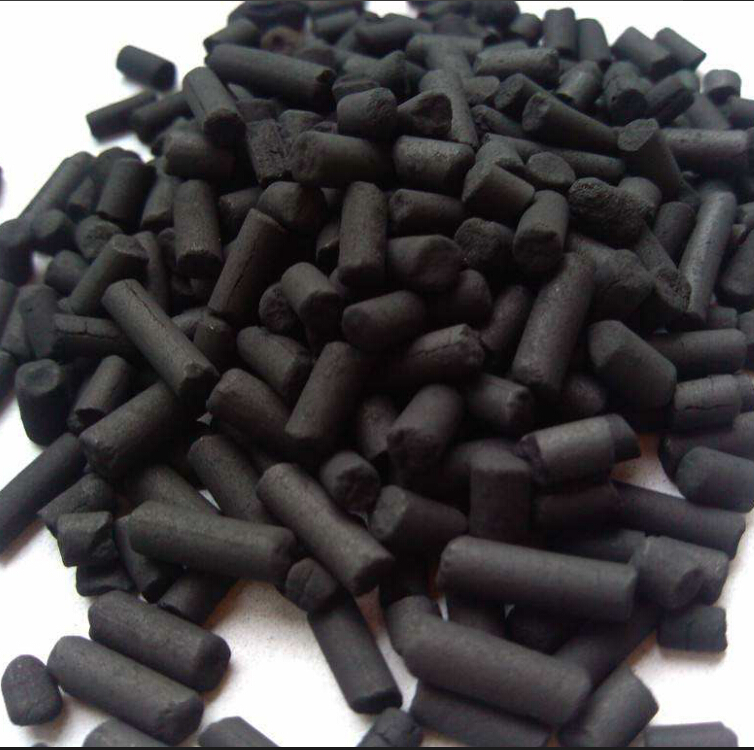Application Of Activated Carbon In Flue Gas Desulfurization Process
About the application of activated carbon in flue gas desulfurization:
At present, the emission of SO2 from metal smelting industry (including non-ferrous metals copper, zinc and lead, etc.) pollution. Because activated carbon materials are used in flue gas desulfurization, they have unique advantages over chemical adsorption methods, which do not produce secondary pollution and can recover sulfur resources. Therefore, activated carbon adsorption is one of the important methods of desulfurization.
There are many mechanisms for the desulfurization of activated carbon materials, and the following mechanisms are generally supported. They believe that activated carbon not only acts as an adsorbent in the desulfurization process, but also acts as a catalyst and its carrier.
C+O2→C-O
SO2+C→C-SO2
C-SO2+C-O→C-SO3
C-SO3+C-H2O→C-H2SO4+C
The mechanism shows that the amount of O2 and water vapor will affect the efficiency of desulfurization. Moreover, if the flue gas contains nitrogen oxides, it will also affect the desulfurization efficiency. It has been reported that when activated carbon fibers are used for simultaneous desulfurization and denitrification, SO2 and NO will compete with each other for active centers on the carbon surface. Therefore, in order not to waste resources and improve adsorption efficiency, modified activated carbon came into being.
If metal ions are loaded on the surface of activated carbon, the metal ions are first adsorbed on the surface of activated carbon, and then undergo a redox reaction with the adsorbate to reduce the metal ions to elemental or lower-state ions, thereby accelerating the oxidation of SO2 to SO3.
For activated carbon, we can not only add metal ions to the surface of activated carbon to improve its desulfurization efficiency, but also use strong oxidants to oxidize the functional groups on the surface of activated carbon to enhance the polarity of the surface, thereby enhancing the adsorption capacity of activated carbon for adsorbates.












